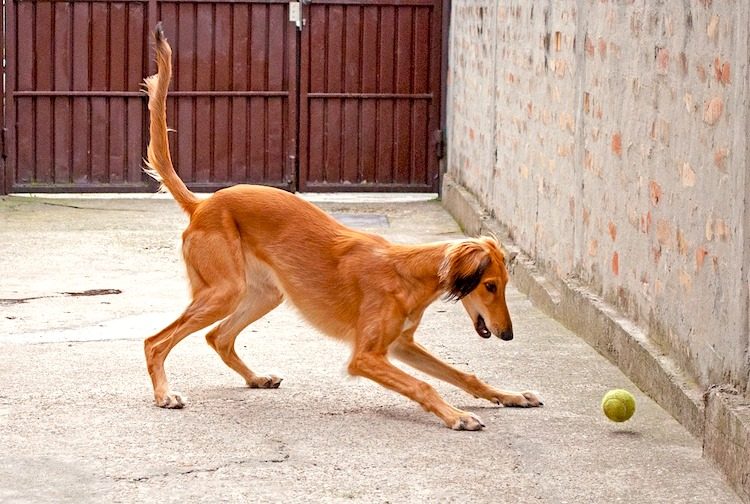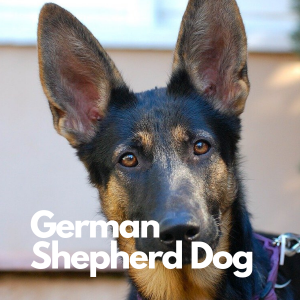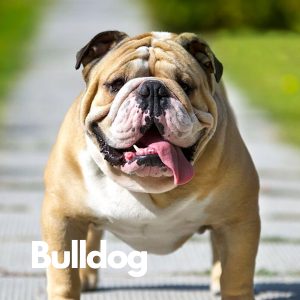
Hound
40-65 lbs.
23-28 in.
12-14 years
1. Key Characteristics of Salukis
Aristocratic in appearance, Salukis are fast, slim dogs who resemble Greyhounds.
These dogs have incredible sight and high endurance, and they’re able to withstand harsh conditions.
Their short, silky, smooth coat can be golden, cream, red, fawn, tricolor, grizzle and tan, or black and tan. The head is long and narrow with large eyes and long ears.
The excess fur on the paws offers protection from a variety of terrains, and the tail may also be feathered.
2. Where Salukis Came From
Named the royal dog of Egypt, the Saluki is one of the oldest known breeds of domesticated dogs.
The dogs were so coveted that they were mummified in the same manner as Egyptians; various specimens have been recovered from tombs in the Upper Nile region. Visual records of the breed go back 5,000 years, and the dogs were used for hunting gazelles in the region.
Salukis flourished in England after the first Arabian Saluki was imported in 1895. The breed appeared in the United States in 1861.
They were officially added to the Kennel Club of England in 1923, and the American Kennel Club (AKC) added the Saluki in 1927.

3. How Friendly Are Salukis?
Salukis are fast dogs with a high prey drive.
They can run up to 40 mph and tend to chase after anything that moves. For these reasons, you’ll need to keep your Saluki on a leash or in an area with at least a 5-foot-high fence.
These are friendly, gentle dogs who can become attached to one person. They are easily distracted and can be aloof at times.
Indoor living is best for Salukis because the dogs are extremely devoted to their families. Sensitive to discipline, Salukis may not come when called, but training with positive reinforcement can help.
Don’t bring a Saluki into the house if you have other small animals — the Saluki may view them as prey. That being said, Salukis can live with cats if properly socialized.
4. Is This the Right Dog for You?
Exercise Needs
VERY HIGH: Salukis need and love to run and exercise. A long daily, brisk walk or jog is best, but keep yours leashed to prevent them from running off and chasing small animals. They will likely ignore recall attempts when they become fixated on a chase.
Unless you make a serious commitment to fulfilling their exercise needs, Salukis probably won’t thrive living in an apartment.
And don’t forget — they need safe places to run. The breed club reports that one of the highest threats to Salukis is being hit by a car.
Grooming Needs
LOW: An odor-free coat and minimal shedding make grooming a Saluki easy. Brushing once a week is sufficient, and you should bathe the dog as necessary.
Those long ears, however, require regular cleaning. Also, check the paw pads for debris and trim the hair between the pads as needed.
Don’t forget to set up good dental hygiene habits and nail trimming with your Saluki.
Health Problems
MEDIUM: Salukis are generally a hardy breed, although you’ll want to watch out for a few common conditions:
- Hemangiosarcoma (HSA — blood vessel tumors)
- Cardiomyopathy (heart muscle disease)
- Hypothyroidism
- Sensitivity to anesthesia or drug combinations
Salukis can be picky eaters and may appear thin because of their high activity level, even if they’re well-fed.
More Stats About Salukis
| Friendliness | ★★★★☆ |
| Ease of Training | ★★★★☆ |
| Barking/Howling | ★☆☆☆☆ |
| Shedding | ★★☆☆☆ |
| Tolerate Being Alone | ★☆☆☆☆ |
| Very Good With Kids | ★★★★☆ |
Find out more about elegant Salukis in this video:

5. How to Adopt a Saluki
Please turn first to adoption centers. Check out Petful’s adoptable pets search. You can also check with rescue groups and breeders.
References
- “Saluki.” American Kennel Club. https://www.akc.org/dog-breeds/saluki/.
- “About Salukis.” Saluki Club of America. https://salukiclub.org/about-salukis.html.
- Graham, Helen. “History of the Saluki.” Northern Saluki Club. 2004. http://www.northernsalukiclub.co.uk/?page_id=37.
- “Health Overview.” Northern Saluki Club. http://www.northernsalukiclub.co.uk/?page_id=2847.








